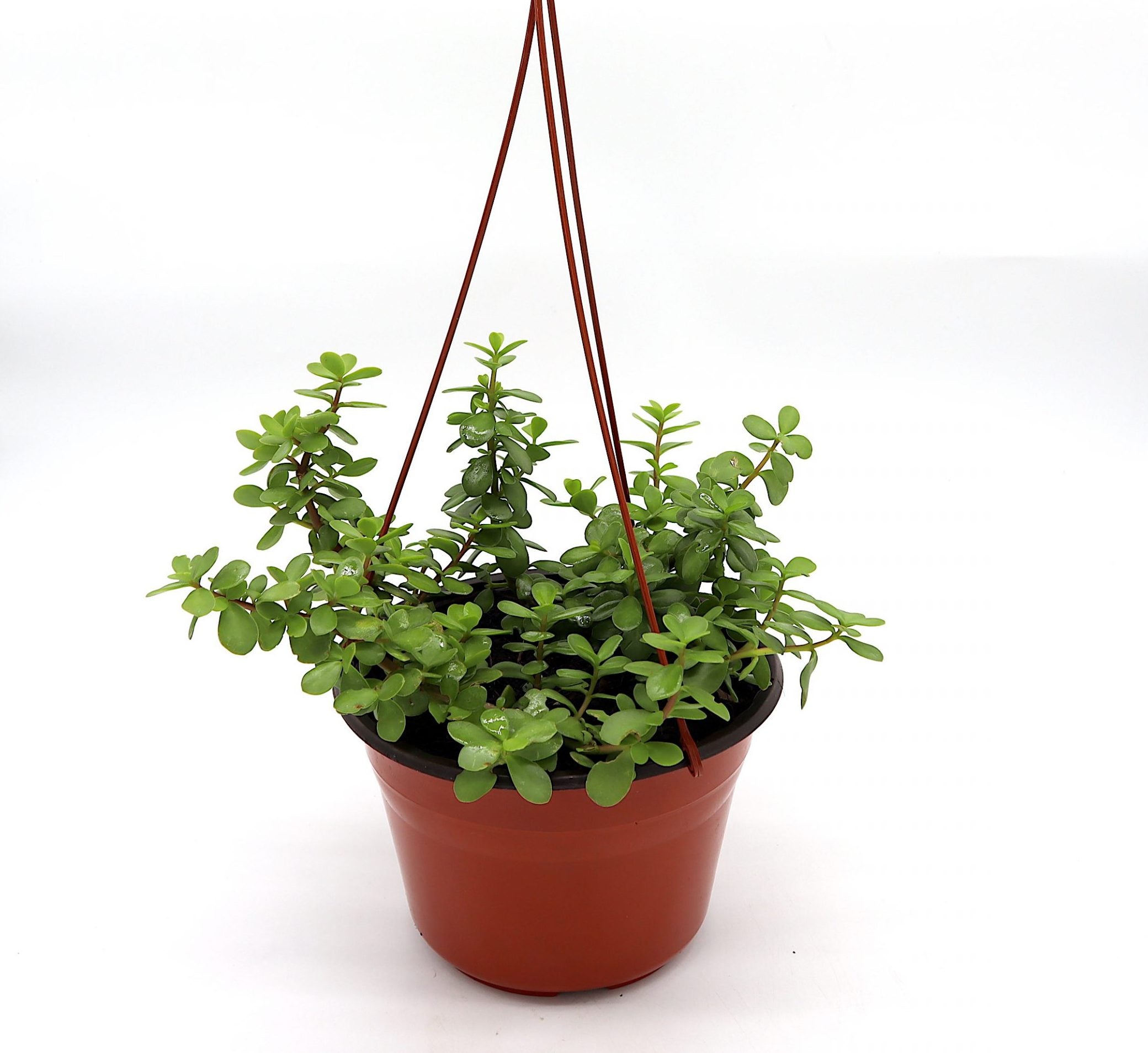



Your shopping bag is empty
Go to the shop



Portulacaria afra known as Elephant Bush, many-branched, succulent shrub with a thick, fleshy stem and elliptic, glossy, mid-green leaves, sometimes red-margined, 2-4cm long. Bears star-shaped, white to pale pink flowers, to 8mm across, in autumn. Height 2m or more, Spread 1m or more. Native of South Africa. It is easily grown as a seasonal accent plant or low maintenance houseplant in our part of the world. Also sometimes called elephant food or elephant plant; dwarf jade, miniature jade or small leaf jade (but not related to jade plant,Crassula ovata); porkbush; or spekboom (in Afrikaans) or other common names in Africa, it is found on rocky outcrops and slopes from the Little Karoo in the Western Cape to the Eastern Cape northwards into KwaZulu-Natal, Swaziland, Mpumalanga and the Limpopo Province and further north into Mozambique.
Deliverable